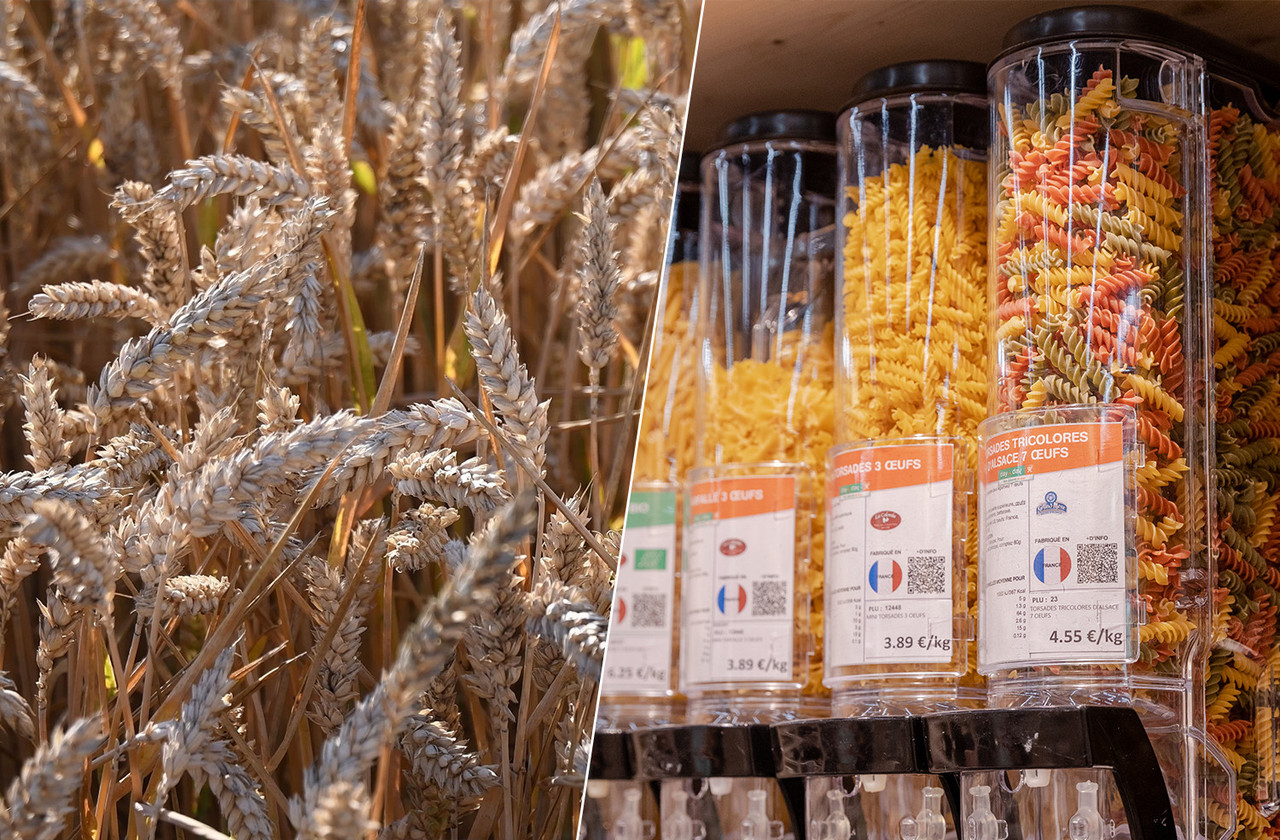It is the professionals of the French pasta industry who are sounding the alarm: “Climate change is endangering the pasta market.” The intense heat experienced in Canada--the leading producer of durum wheat, the raw material in this case, which alone accounts for two-thirds of the market--will lead to a 32% drop in production compared to the average production of the last five years, according to most estimates.
In Europe, it is rain that threatens the volume and quality of the harvest, with an estimated production of 7.3 million tonnes against a requirement of 9.5 million tonnes. And the situation is no better in Russia, where crop prospects are poor. World durum wheat production, which fluctuates between 35 and 41 million tonnes per year, should reach 33 million tonnes this year, according to ’s estimate. “That’s a 10% drop over one year, which is considerable.”
We are consuming more than we produce and this has been going on for about ten years.
In addition to the problem of production, there is also the problem of stock levels in the main exporting countries, which are considered “historically low”. “Last year, we went from 9.5 million tonnes to 8.5 million tonnes. In other words, we are consuming more than we produce and this has been going on for about ten years,” says Muller, CEO of the family-owned company Moulins de Kleinbettingen. While he does not see a shortage in the coming years, he does not rule out possible price increases in the short term.
The price of durum wheat has risen by more than 30% in recent weeks and is at its highest level in eight years on the Chicago Stock Exchange, the benchmark market. Prices could rise further when the harvest is completed. Harvesting should have been completed by now, but is being delayed by weather conditions.
This drop in yields should also be seen in Luxembourg, even if “it is too early to put a figure on it”, according to Muller, for whom the quality may also not be there.
Recent production in Luxembourg
The situation in Luxembourg is, however, atypical. Durum wheat production is relatively recent. “It did not exist until five years ago and all the local pasta producers imported their raw material.” Just like the large Italian producers, he adds, whose exported pasta is largely made with imported Kazakh, Mexican or Canadian durum wheat. “We believe that this approach is not sustainable and that it is all the more important to favour smaller circuits and to produce durum wheat in the regions where it is consumed.”
It is this reflection that led Moulins de Kleinbettingen to develop, with its partners in the country and in the Greater Region, the production of durum wheat, from which it produces its own brand of pasta marketed under the name Le Moulin. “All the durum wheat milled in Kleinbettingen comes from Luxembourg and neighbouring countries.” Long-term contracts have been signed with producers to ensure a constant supply and enable the brand to meet demand. “Thanks to our local semolina production of 45,000 tonnes per year and our long-term agreements with farmers in Luxembourg and neighbouring countries, a shortage of pasta on the Luxembourg market can be ruled out.”

